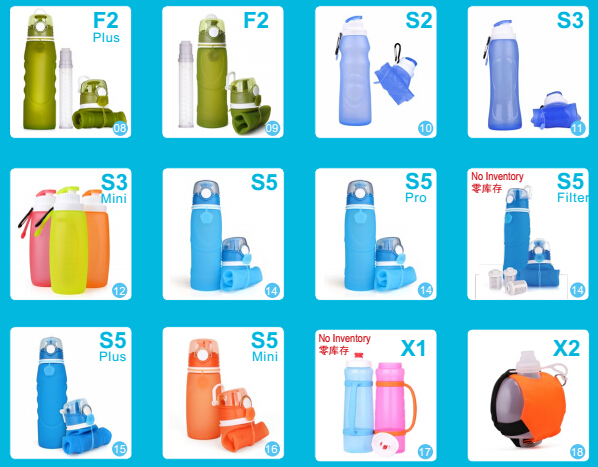(3) Surfactants The surfactants usually used are mainly benzenesulfonate, alkylamine oxides and amine salts, acetylene glycol and fluorine-containing surfactants, generally 0.1% to 1.0% by weight of the ink, preferably 0.5%.
(4) Dispersant
For pigment-based ink, in order to ensure its dispersion stability in water, it is necessary to add a dispersant to the ink, usually using water-soluble pigment dispersion resin, including styrene-maleic acid copolymer, styrene-maleic acid- Acrylic acid naphthalene-maleic acid copolymer, styrene-maleic acid half ester copolymer, vinyl naphthalene-acrylic acid copolymer, ethylene naphthalene-maleic acid copolymer, etc. The concentration of the dispersion resin is preferably 0.05% to 2.0% relative to the total weight of the ink.
(5) pH regulator and other regulators
The pH adjusting agent is also called a buffer, and inorganic acids or inorganic bases can be used. Commonly used inorganic acids include hydrochloric acid, phosphoric acid or sulfuric acid; organic acids include methanesulfonic acid, acetic acid and lactic acid; inorganic bases include alkali metal hydroxides and carbonates; commonly used organic bases include ammonia, triethanol and tetramethylethylenediamine.
Other additives can be added according to the specific use requirements of the ink, such as ultraviolet absorbers, metal chelating agents, defoaming silicone oil, etc. The content of these additives is generally 0.1% to 1.0% by weight of the ink, preferably 0.5%.
Examples of composition formula of liquid water-based ink:
Dyestuff 4.0% Sodium benzenesulfonate 0.5%
Chelating agent 0.5% Sodium borate 0.5%
Ethylene glycol 20.0% deionized water
2. Composition and performance of solvent-based ink
(1) Colorant
The colorant in the solvent-based ink can use pigments or dyes, and its type and product name are the same as those of the water-based ink.
(2) Solvent
Solvent-based inks generally use organic solvents as the main solvent, and add an appropriate amount of water. Commonly used organic solvents are diethylene glycol compounds and dipropylene glycol compounds that are liquid at normal temperature and pressure. The diethylene glycol compounds may be diethylene glycol ethers (especially alkyl ethers), such as diethylene glycol monomethyl ether; Or diethylene glycol esters, such as diethylene glycol monoethyl ether acetate; can also contain polyethylene glycol monoether compounds and other polar organic solvents, such as alcohols (methanol, ethanol, propanol, etc.), ketones (Acetone, methyl ethyl ketone, cyclohexanone, etc.) and carboxylic acid esters.
The mixing ratio (weight ratio) of the diethylene glycol compound and the dipropylene glycol compound is between 20:80 and 80:20, and the content is preferably 85% to 95% relative to the total weight of the ink.
(3) Dispersant
When using pigments as colorants, polyester polymer compounds should be added to the ink mixture as dispersants. The preferred amount is 30% to 120% by weight of the colorant (especially pigment).
(4) Other additives
Other additives include stabilizers (such as antioxidants or UV absorbers), surfactants, binder resins and wetting agents.
Antioxidant can use BHA (2,3-butyl-4-oxyanisole) or BHT (2,6-di-tert-butyl-p-cresol); UV absorber can use benzophenone compounds or benzotris Azole compounds; any one of anionic, cationic, amphoteric or nonionic surfactants can be used as the surfactant; the binder resin includes acrylic resin, styrene acrylic resin, rosin modified resin, polyester resin, polyamide Resins, epoxy resins, polyethylene vinyl acetate copolymers, cellulose resins, etc. In addition, the use of a wetting agent helps prevent the ink from drying or skinning in the nozzle. Commonly used wetting agents are polyols such as ethylene glycol, diethylene glycol, triethylene glycol, propylene glycol, tetraethylene glycol, poly The amount of ethylene glycol, glycerin, etc. is 5.0% to 6.0% of the total weight of the ink mixture.
Examples of composition formula of liquid solvent ink:
Pigment 4.0%
Polyester polymer compound (dispersant) 2.4%
Polycycloethylene derivative 0.5%
Mixed organic solvent 93.1%
Outdoor Collapsible Silicone Water Bottles
Silicone material are knows as safe, our outdoor collapsible Silicone Water Bottles are made of the highest medical grade silicone material,
which are normally used for making baby nipple, and silicone water bottles are have a better touch feeling, light, other material water bottles
may 5-10 times weight or more, another very cool advantage of our outdoor collapsible silicone water bottles is: it can be fold into just a
wallet size after you drink up, it will save a lot of space for bag or you can even put it in your pocket.
The volume of our Outdoor Collapsible Silicone Water Bottles are ranged from 1000ml, 750ml to 500ml , 320ml, so you can have various choice
for your whole family, pls contact our sales for more.

For more: Sport Foldable Silicone Water Bottles, Filter Silicone Water Bottles, Insulate Silicone Water Bottles, Silicone water bottle
Outdoor Collapsible Silicone Water Bottles
Outdoor Collapsible Silicone Water Bottles,Outdoor Water Bottle,Foldable Drink Bottle,Collapsible Water Drinking Bottles
Shenzhen Kean Silicone Product Co., Ltd. , https://www.keansilicon.com